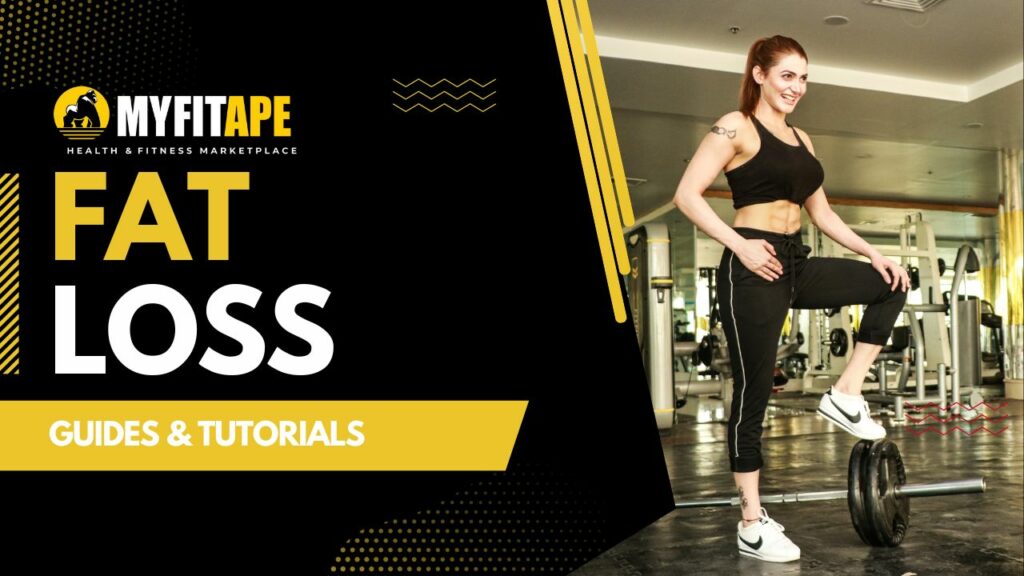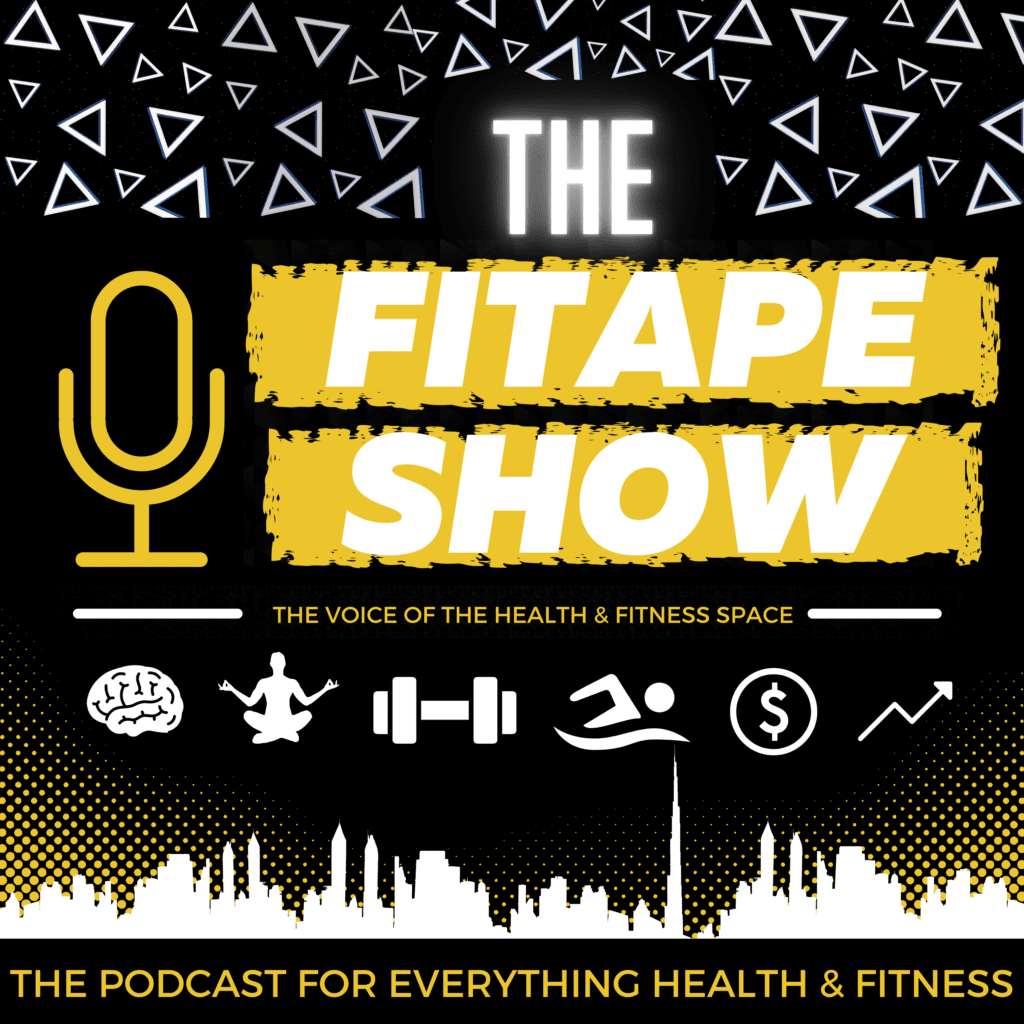High-Intensity Interval Training (HIIT) has become increasingly popular over the last two decades, as people search for ways to maximize their physical results in the shortest amount of time. The same principles of HIIT can be applied to a dance regime, combining the cardio and calorie-burning benefits of high-tempo moves and the ability to express yourself creatively through dance.
The purpose of performing a fat-burning HIIT dance workout is to push your body to reach its optimum capacity. Through a combination of short, intense, and varied dance moves, the body achieves a balance between anaerobic and aerobic activity, pushing the metabolism into overdrive and leading to increased levels of fat burning. This workout is not to be taken lightly – your muscles and your body as a whole may fatigue quickly.
Instructions
- Find either a dance class to motivate you, or create your own custom mix at home.
- Set the timer for 4x 4-minute intervals. The music you listen to should be at least 130 beats per minute. Start with a warmup, such as a brisk walk.
- The first 3 minutes of each interval should be performed at a high intensity with rapid, continuous dance moves. Try to maintain this intensity for the full 3 minutes.
- The last minute of each interval should be a cool-down period, in which you reduce the intensity of your dance steps.
- Once the 4 intervals are complete, finish with a cool-down period of your own liking. This can include a few stretching exercises and deep breaths.
FAQ
Q: How many calories can I burn with a HIIT dance workout?
A: It depends on the intensity of the workout and the size of the person. Generally, a 155lbs person can expect to burn up to seven hundred calories in a single HIIT dance class.
Q: What are the best HIIT dance moves?
A: This will vary from person to person, depending on the level of intensity they are comfortable with and the type of music playing. Suggestions for moves include high-knees, arm circles, burpees, and tuck jumps.
Q: Are there any risks associated with a HIIT dance workout?
A: Since HIIT is an intense form of exercise, there is a danger of exhausting the body quickly. It’s important to approach the workout slowly and build your strength and endurance over time. To minimize the risks, never overexert yourself and take regular rest days.
How often should a fat-burning HIIT dance workout be performed?
HIIT dance workouts should be performed anywhere from twice a week to every other day, depending on your fitness level and goals. It’s important to give your body time to rest and recover between HIIT workouts. You should also incorporate other types of exercise into your routine to help promote overall fitness.What are the differences between HIIT and a traditional dance workout?
HIIT stands for High Intensity Interval Training, while a traditional dance workout is any type of aerobic activity that involves long periods of steady-state, rhythmic movements. HIIT is characterized by short but intense bursts of activity, followed by a rest period or other less intense activity. It’s designed to burn a maximum amount of calories in a minimum amount of time. A traditional dance workout is a more sustained, moderate-intensity activity that benefits all major muscle groups. HIIT relies heavily on anaerobic metabolism, while a traditional dance workout predominantly uses aerobic metabolism, which results in different results when it comes to weight loss and conditioning. Traditional dance workouts generally will be more likely to improve muscle endurance, overall cardiovascular health, and coordination, while HIIT workouts are more effective for fat loss and developing power and speed.What are the key elements of a successful fat-burning HIIT dance workout?
The key elements of a successful fat-burning HIIT dance workout include:- Planning and Structure – Developing a workout plan that incorporates a variety of moves and activities that target all major muscle groups.
- Intensity – Getting your heart rate up and pushing yourself to challenge your limits during the high-intensity interval training portion of the session.
- Balance – Taking short breaks and mixing up the longer interval portion with dynamic movements to help keep your muscles safe and your workouts balanced.
- Appropriate Music – Choosing an upbeat music track that helps get you motivated and keeps you energized during your session.
- Proper Form and Execution – Ensuring your body is properly aligned during the exercises to get the most out of every move.





